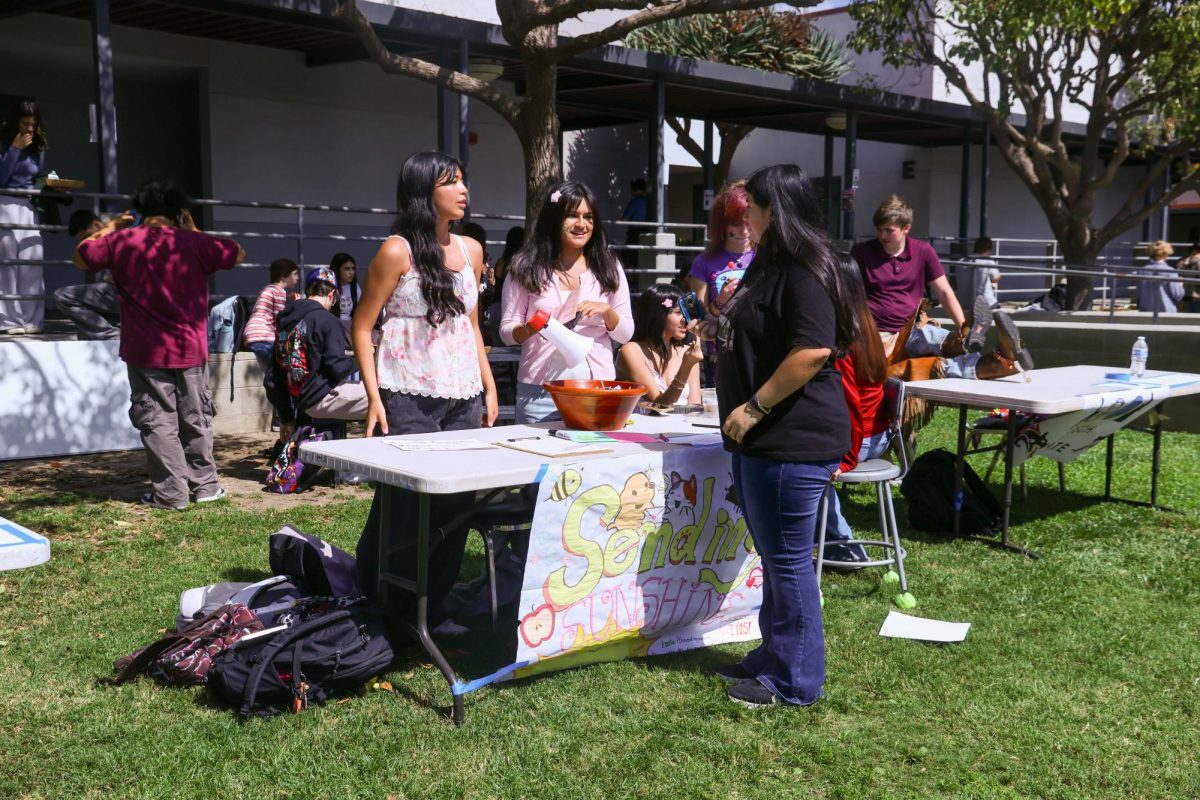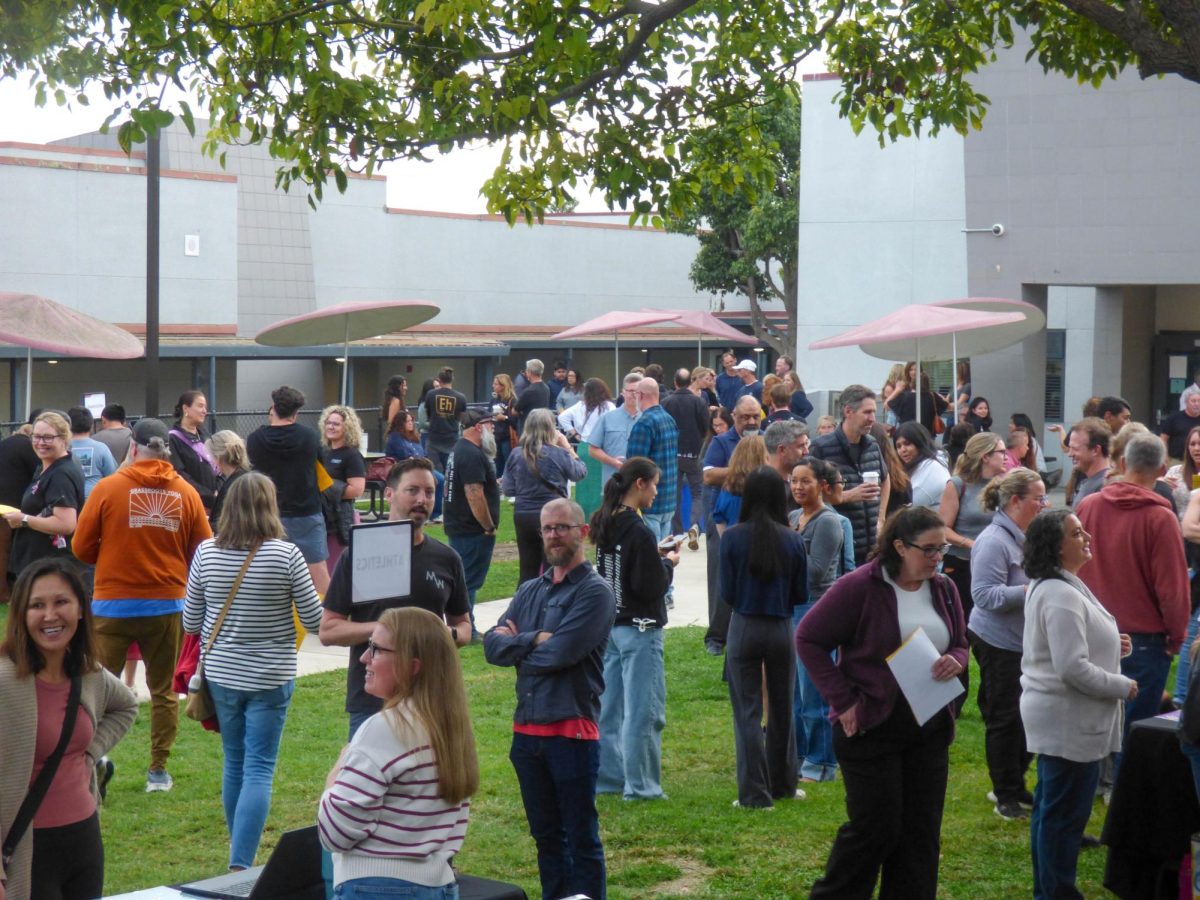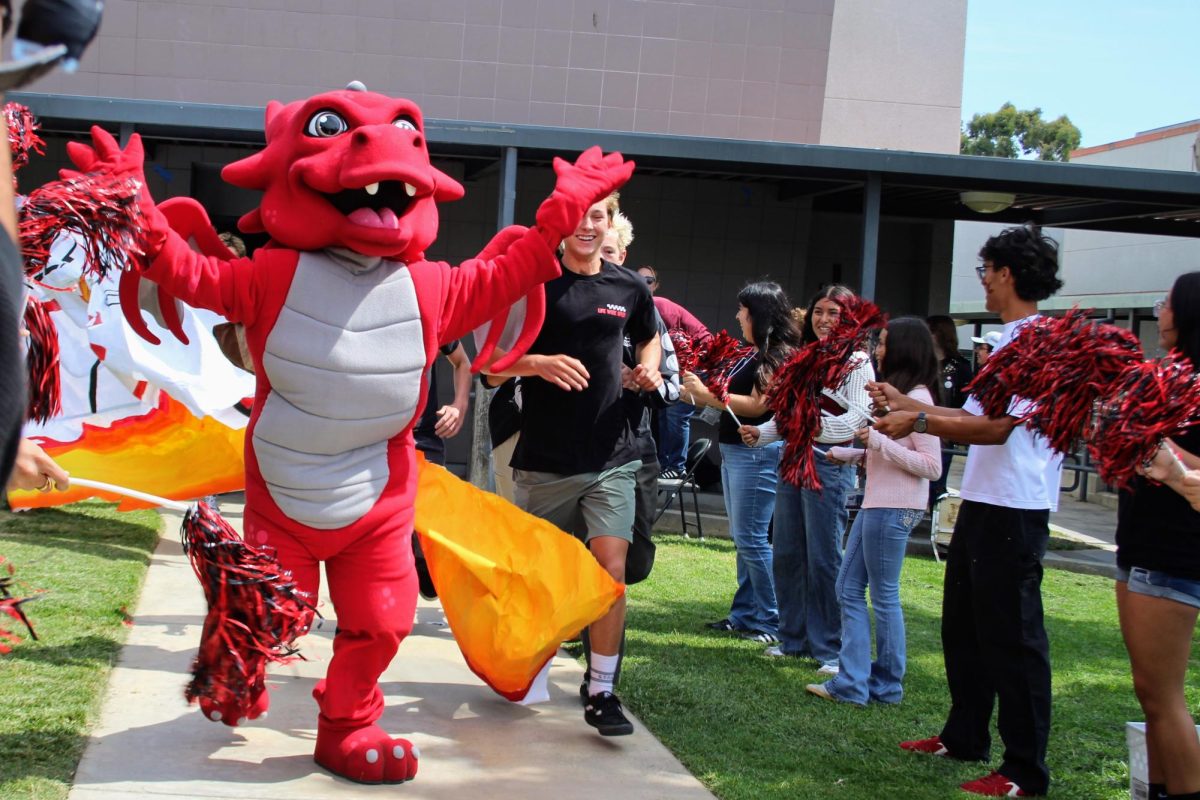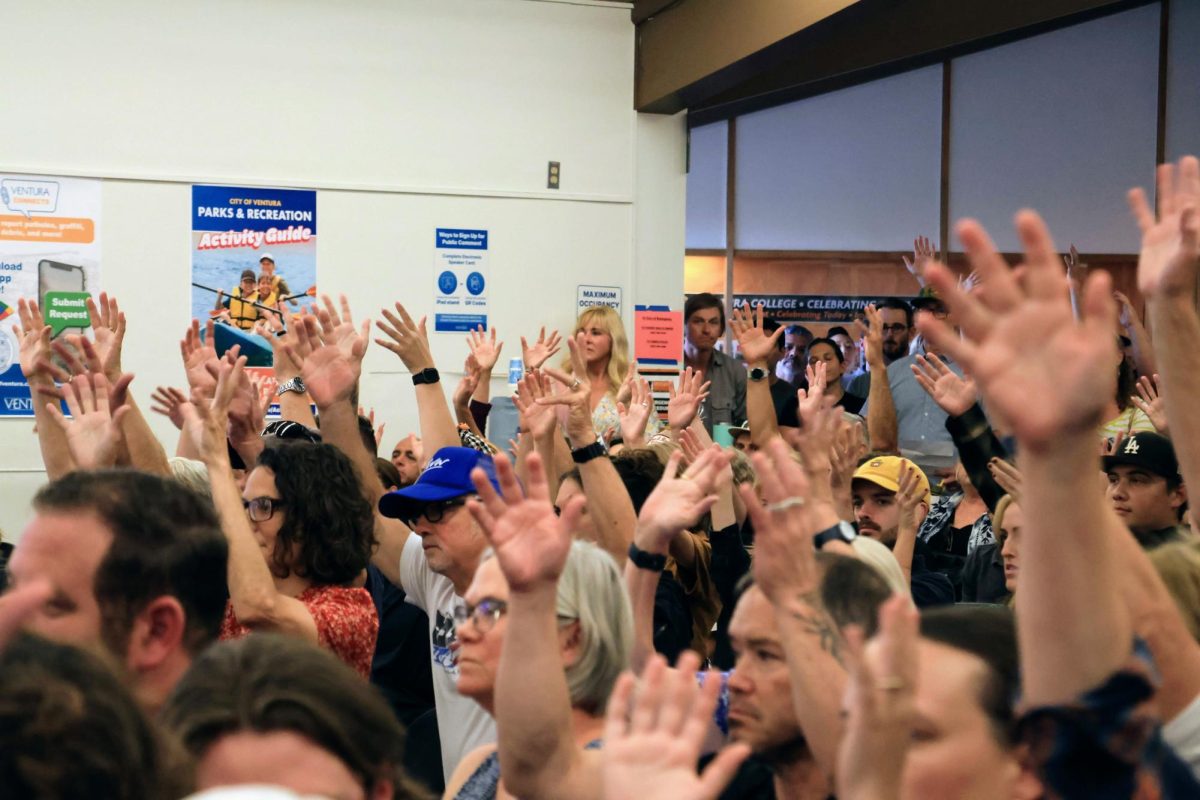
A new school, no friends, unable to speak a word of English; life was not easy for Foothill sophomore Jenny Castillo when she moved to the United States in third grade.
“I had to learn everything from scratch because the English that they teach you [in Mexico] is not good. It is very formal… I wouldn’t do anything that the other kids would do. I would be on a computer learning English the entire day,” Castillo said.
Castillo had many encounters with bullies who were not accepting of their foreign classmate.
“All of the kids would kind of make fun of me. They thought that I couldn’t understand them but after a while I started understanding them,” she said. “They would be like ‘Oh, go back to where you are from’ or ‘You don’t belong here. Get outta here.’ and stuff like that.”
Even after becoming fluent in English and adjusting to her new life in the United States, Castillo still faced racial discrimination throughout elementary and middle school. This prejudice was not only from students but teachers as well.
“When I would go to my teachers in middle school for help in like English or any other class, they would ignore me and go to the white kids and I would never get any help unless I went to my counselor to ask them to give me help,” Castillo said.
Urban Institute study finds gap in racial equity
Situations like Castillo’s may be a cause for the large gap in Hispanic and Caucasian student test scores seen in Ventura County.
A recent study by Urban Institute ranked Ventura County 82 out of the country’s top 100 metro areas in the school test scores category based on the gap between racial subgroups. Ventura County’s gap is 52 percent.
At Foothill, however, the gap is much smaller. Based on API scores of racial subgroups, the gap is seven percent.
“Always, when it is a school of choice, you will have a smaller gap. When they choose their school, they will be more motivated. It is certainly an underlying factor,” Foothill Career Specialist Linda Kapala said.
Ninety-two percent of ninth grade Hispanic students at Foothill scored proficient or above on the language arts portion of the CST. At Ventura High, that number was 48 percent. At Buena High, it was 46 percent.
“Here we have a learning wave moving forward and students get caught up in that wave,” Bova said.
While Hispanic students make up 46 percent of the overall student population in Ventura Unified schools, they are only 26 percent of Foothill’s population.
According to Bova, Foothill’s Hispanic population is growing due to recruitment from middle school AVID programs.
AVID program improves students’ academics
AVID is an academic elective class aimed at students who are underrepresented or the first in the family to go to college. Its goal is to prepare its students to attend a four-year college through tutorial sessions, writing instruction, reinforcement of study skills, and time management techniques.
“The AVID program will never be magic, but if the students really take the curriculum to heart, it gives them a lot of skills: note-taking skills, organizational skills,” AVID teacher Jason Dinkler said. “If they decide to use those skills, it gives them a real sense of confidence.”
Sophomore Sarah Reyes has greatly improved as a student since enrolling in AVID in eighth grade.
“My note taking has gotten better, my studying skills have gotten better, everything has just gotten better,” she said.
Senior Lauren Sahli is not Hispanic, but she will be the first person in her family to go to college. She has already been accepted to two universities.
“I really do think that AVID helped with college. Even going and seeing colleges with peers is great- it’s a unique experience. You’re seeing what college life is like, and it seems attainable. You realize that you can get there, you realize that it’s possible to reach,” Sahli said.
Teacher accessibility creates connection
Reyes feels like Foothill teachers are very accessible.
“Teachers [here] don’t care about skin color, they help you no matter what,” she said.
Foothill counselor Debbie Freeman agrees.
“This campus has more tolerance than any other campus I have been on,” Freeman said. “That carries into test scores and other parts of student lives.”
Senior James Suehs, who has shadowed at Buena High, saw a clear difference in the classroom environment.
“I went to a history class, and there was a video the whole period. I couldn’t hear the video because everyone was talking,” he said. “They don’t have discipline in their classes. It’s not really the students’ fault, it’s the teachers.”
Sahli believes that Foothill’s smaller size gives it a better chance at serving students’ academic needs.
“It’s a lot smaller here, so there are more opportunities to see teachers,” Sahli said. “The classrooms aren’t crazy and rowdy, so it’s easier to focus on improving.”
In addition to an academic connection at Foothill, counselors feel that the smaller environment encourages a better emotional relationship between them and their students.
“Some of my students talk to their friends at other high schools and they don’t even know who their counselors are,” counselor Juana Vega said. “I feel that the most important thing is having a connection. It really makes an impact in academics.”
Discriminated student finds comfort at Foothill
Regardless of the discrimination Castillo faced in the past, she has found a more welcoming environment at Foothill.
“I think that the school actually helps you a lot and that is why I have way better grades then I did when I was in middle school,” Castillo said. “If I need help I either go to Mrs. Rocca or any of the other AVID teachers.”
“Even when I was in Mexico, it wasn’t the same. They [Castillo’s teachers in Mexico] wouldn’t help me,” Castillo said. “I feel like they [Foothill staff members] actually help me way more than I have been helped at any other school that I have been to.”








